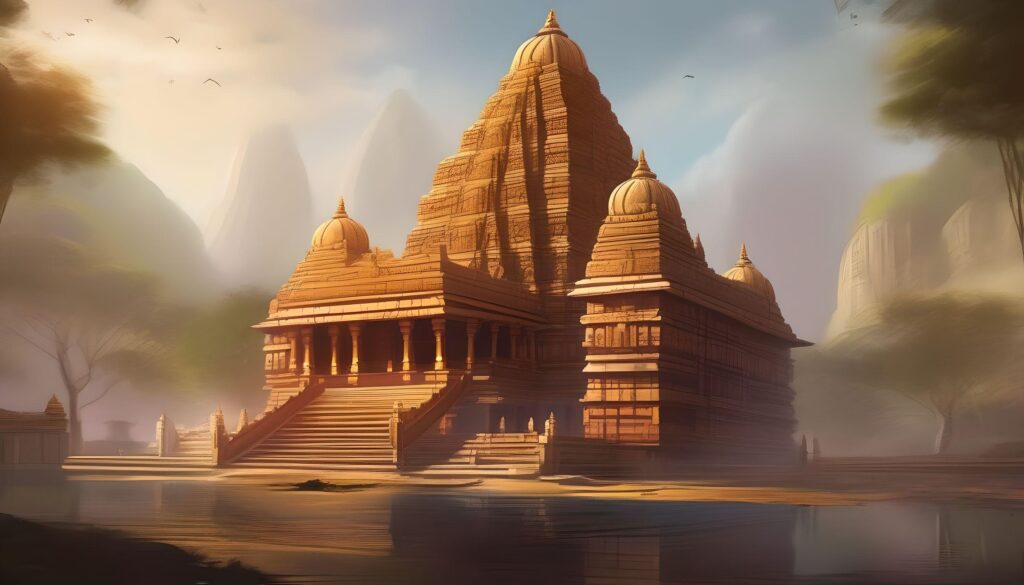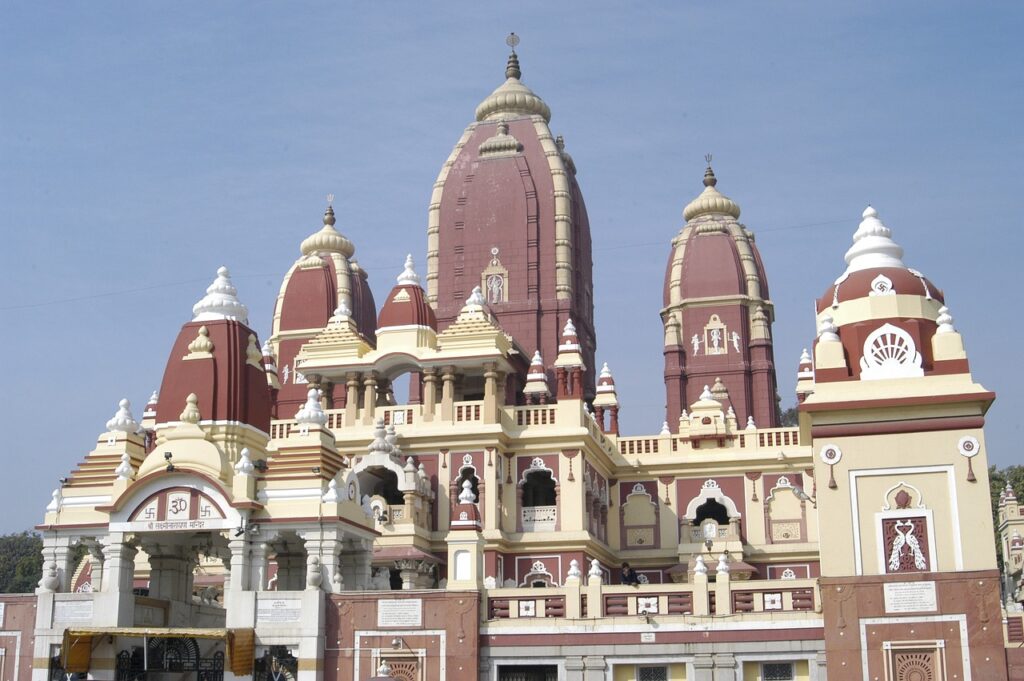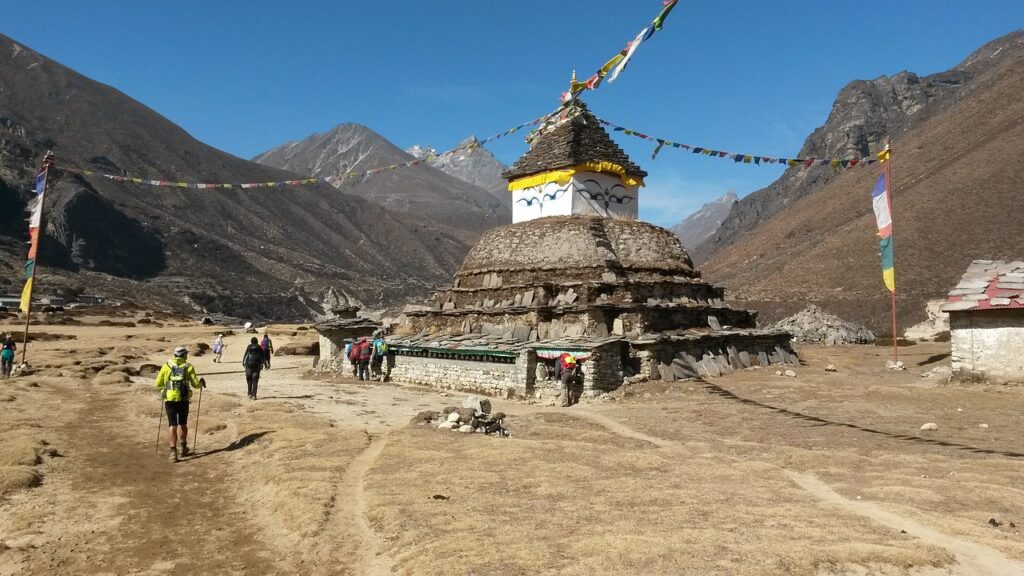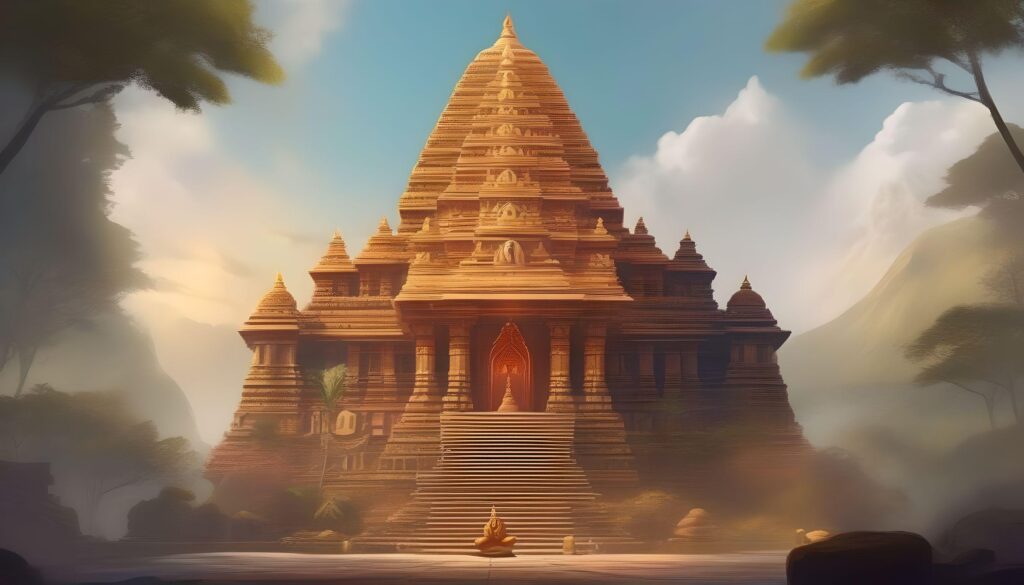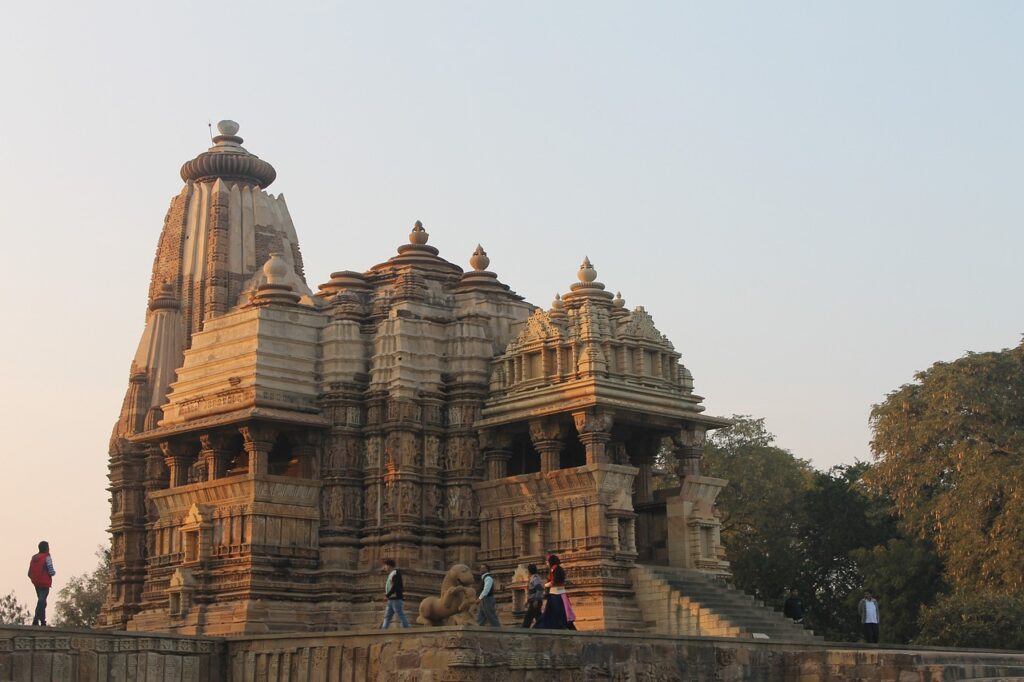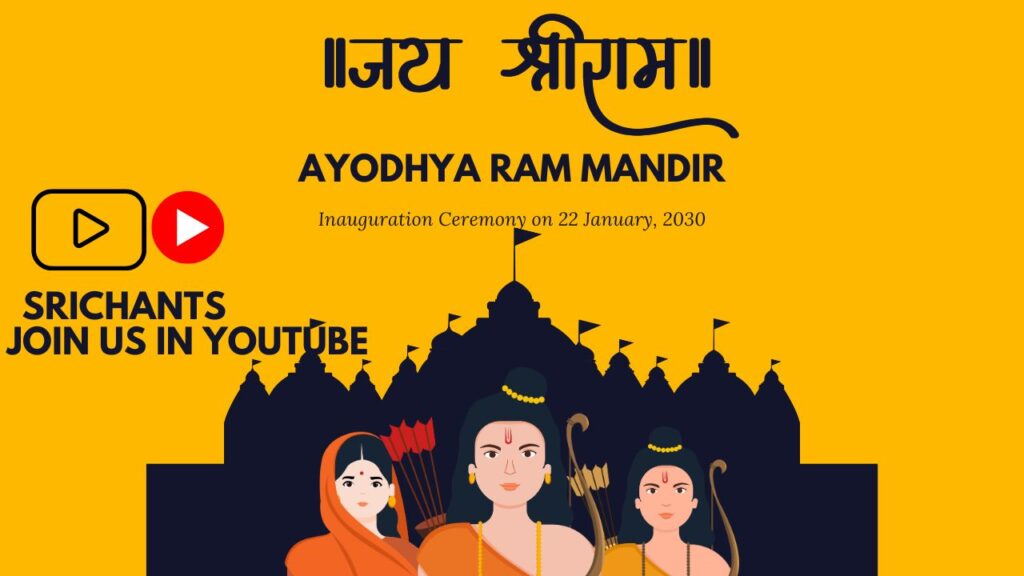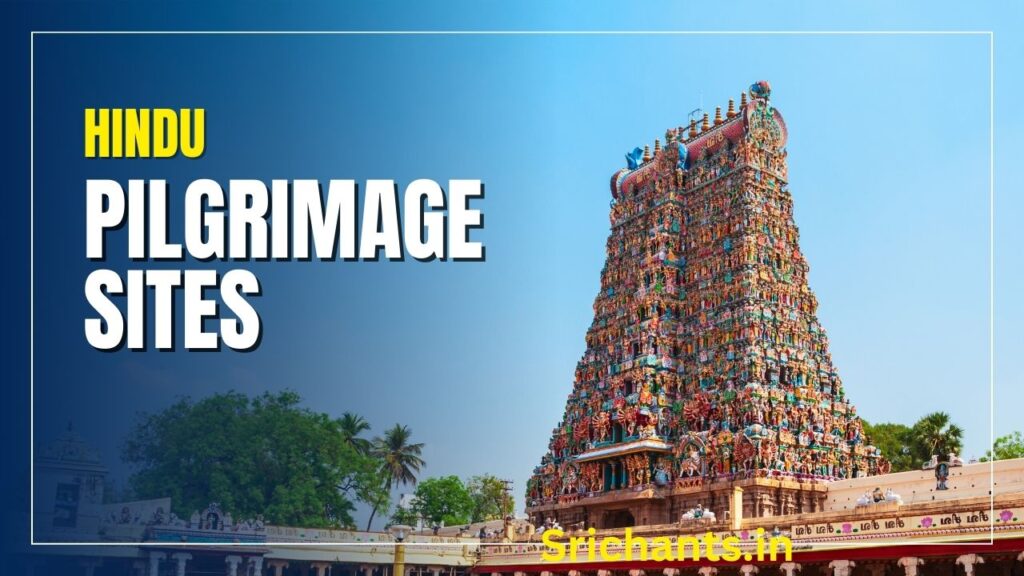Ayodhya Ram Mandir: Journey of Faith, Culture, and Devotion
Among the most important religious and cultural landmarks in India, the Ayodhya Ram Mandir honors Lord Ram. For millions of Hindus, it represents spirituality, history, and faith and acts as a focal point of devotion. This paper explores the political and legal sides as well as the symbolism that makes Ayodhya a revered site, the history of the Ram Mandir, and the mentioned subjects.
Introduction to Ayodhya
Ayodhya is a little town in Uttar Pradesh, India. Hindu legend holds it to be the birthplace of Lord Ram. Born in Ayodhya, Lord Ram led as per the Ramayana a kind and fair king. Respected as a monument of loyalty, bravery, and the victory of good over evil, Ram Mandir’s life and lessons are honored.
Ayodhya has been a pilgrim site for millennia. Many temples and shrines built in this area honor Lord Ram. Particularly the Ram Mandir is said to be located on the birthplace of Lord Ram and has a long and complex past.
History of the Ram Mandir in Ayodhya
Rich historical legacy surrounds the Ayodhya Ram Mandir. Hindus hold that the temple was built in the eleventh century and was devotedly used for a long period. Still, the refuge was later destroyed and a mosque called the Babri Masjid was built on the ground. This behavior set off debate and suspense.
For millennia Hindus and Muslims claimed the place. Over time the political, cultural, and religious disputes grew more intense. Despite their will to claim their rights, neither community had a clear answer. Later, political and legal arguments centred around the site.
The Babri Masjid and Its Impact
On the contested location in 1528, General Mir Baqi of the Mughal emperor Babur built the Babri Masjid. Even if the masjid stood for centuries, Hindus still regarded the ground as holy. Over years, the debate over the temple-mosque changed in relevance. Hindus felt the Ram Mandir should be rebuilt at its original site.
The debate gained increasing attention in the 20th century as well. The area became the target of community strife between Muslims and Hindus. Said to be kept in the Babri Masjid in 1949 were Lord Ram’s idols. This law increased the suspense and started multiple legal disputes and debates.
The Legal Battles and Political Involvement
The Ayodhya conflict underwent various legal processes. When the district judge let Hindus pray at the site in 1986, tensions with the Muslim community erupted. Political leaders and parties started to get involved, therefore turning Ayodhya into a national issue of importance. Supporting the idea of rebuilding the Ram Mandir were Bharatiya Janata Party (BJP) and Vishva Hindu Parishad (VHP).
1992 witnessed a notable event. On December 6, 1992, a great number of Hindu protestors destroyed the Babri Masjid. Widespread riots and violence started by this event resulted in damage and deaths. From the demolition, several legal challenges and a national crisis followed.
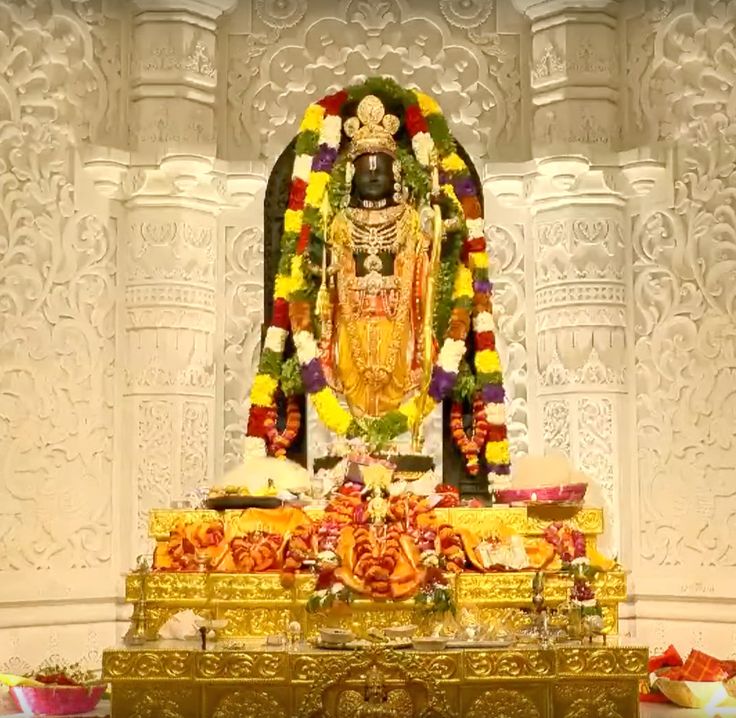
Supreme Court Judgment and the Mandir Construction
Eventually the Ayodhya case arrived before the Indian Supreme Court. The court proceedings extended several years while Hindu and Muslim officials debated their cases. The Supreme Court decided unanimously in November 9, 2019. The court decided to designate another place for a mosque somewhere in Ayodhya and build the Ram Mandir on the contentious site.
Many others felt the decision closed a chapter. The court’s decision was prompted by archeological finds and historical evidence confirming the existence of a Hindu building under the mosque.
Construction of the Ram Mandir
formally in August 2020 the Ram Mandir’s construction began. Beginning the temple’s construction, Prime Minister Narendra Modi performed the ground-breaking “Bhoomi Pujan.” Everywhere Hindus celebrated this holiday, they regarded it as a long-awaited opportunity of religious and cultural pride.
Past Indian temple designs inspire the Ram Mandir architecturally. Huge halls, intricate carvings, and a shrine commemorating Lord Ram will abound throughout the temple. Styles of ancient North Indian temple architecture are reflected in features such spires and ornate accents. Drawing millions of followers and guests, the temple complex is likely to grow to be among the largest in India.
Symbolism and Significance of the Ram Mandir
For Hindus, the Ram Mandir stands in for faith, dedication, and the victory of truth. Together with a place of prayer, the temple is a cultural monument as well. It represents for persistence of Indian traditions and beliefs. Particularly his sense of obligation, fairness, and compassion, millions of people respect Lord Ram’s teachings. The temple construction attests to the strong spiritual and cultural identity of Hindus.
The temple also catches more broad concepts of togetherness and tolerance. The Ram Mandir issue created conflict for decades; yet, the peaceful ending is a model of compromise and teamwork. Respecting both religion communities assisted the Indian government and judiciary to maintain a balance.
Ayodhya’s Future as a Cultural Hub
With the Ram Mandir built, Ayodhya is likely to be a big site of religious tourism. The temple would attract Indian and global devotees. The government has also expressed plans to improve the infrastructure and facilities of Ayodhya, hence improving its friendliness to visitors.
Apart from a religious structure, the Ayodhya Ram Mandir represents a cultural and historical legacy. Its construction expresses Indian resolve to preserve their past. The temple should boost travel and create job opportunities to support the local economy.
Conclusion
The Ayodhya Ram Mandir celebrates culture, faith, and resiliency. Legal, theological, and historical challenges over millennia have shaped the process of building this shrine. The temple testimony of the conviction in harmony and fairness. It pays respect to Lord Ram, who represents for moral behavior, compassion, and strength.
The Ayodhya Ram Mandir gives many people today hope. It starts a new chapter in Ayodhya’s history where modernism and spirituality combine to create a vibrant cultural hub. Inspired millions of visitors who come to take moral teachings from Lord Ram, the temple stands for dedication and peace.
FAQs about Ayodhya Ram Mandir
Q1: Why is Ayodhya important to Hindus?
A: Ayodhya is significant because it is considered the birthplace of Lord Ram, a revered figure in Hinduism. According to the Ramayana, Ayodhya was the capital of Lord Ram’s kingdom and symbolizes his virtues and teachings.
Q2: What was the Babri Masjid dispute?
A: The Babri Masjid was built on a site believed to be Lord Ram’s birthplace. Hindus wanted a temple on the site, leading to disputes with Muslims who regarded the Babri Masjid as a place of worship. The dispute led to legal and political battles over the rightful ownership of the land.
Q3: What was the Supreme Court’s judgment in 2019?
A: In 2019, the Supreme Court ruled that the disputed land in Ayodhya should be given to Hindus for the construction of the Ram Mandir. A separate piece of land was allotted for the Muslim community to build a mosque.
Q4: When did the construction of the Ram Mandir begin?
A: The construction of the Ram Mandir began in August 2020 after the Bhoomi Pujan ceremony was performed by Prime Minister Narendra Modi.
Q5: How will the Ram Mandir impact Ayodhya?
A: The Ram Mandir will make Ayodhya a major pilgrimage site, boosting tourism and the local economy. The government plans to develop infrastructure and facilities, transforming Ayodhya into a cultural hub.
Q6: What is the architecture of the Ram Mandir like?
A: The Ram Mandir follows traditional North Indian temple architecture, featuring intricate carvings, spires, and a sanctum for Lord Ram. It is designed to be one of the largest temples in India.
Q7: How has the Ayodhya dispute affected India?
A: The Ayodhya dispute led to communal tensions between Hindus and Muslims, impacting social harmony. However, the 2019 Supreme Court judgment helped bring closure to the issue, fostering a spirit of coexistence.
Q8: Why is the Ram Mandir called a symbol of unity?
A: The Ram Mandir represents faith and resilience. The peaceful resolution of the Ayodhya dispute highlights the importance of respect for all religious communities, making the temple a symbol of unity.
The Ayodhya Ram Mandir stands today as a blend of history, devotion, and heritage.
#jaisriram #ram #lordram #lordrama
Read My Book – Click Here

